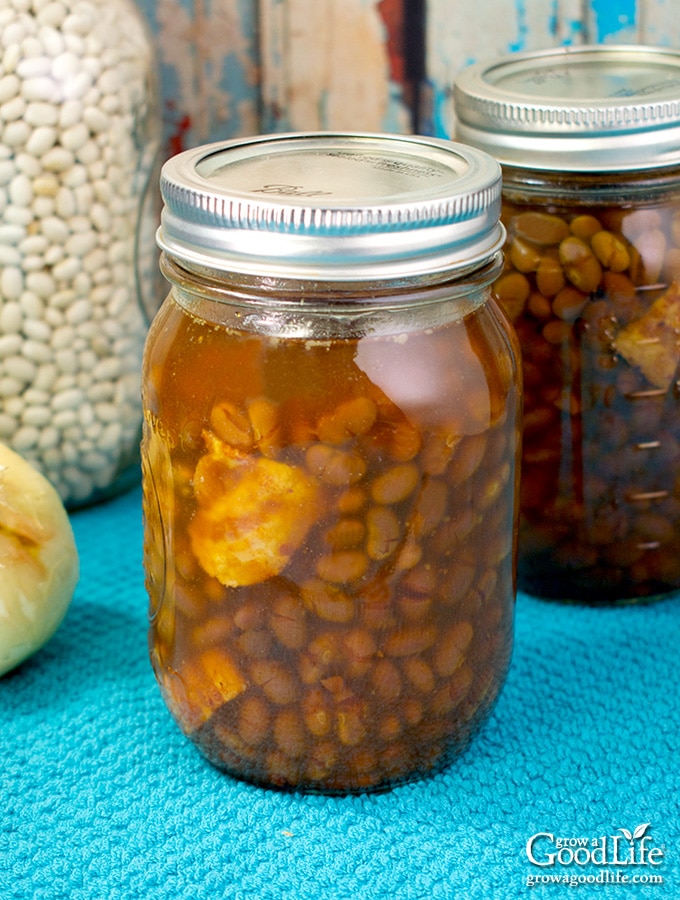

Wipe the jar tops and threads clean with a damp cloth. Run a spatula or bubbler around the insides of the jars to eliminate air bubbles. If you prefer, add 1/2 teaspoon of salt per pint. Add boiling water to each jar, making sure the liquid covers the food, but retaining the one inch of headspace. Leave one inch of headspace (correct headspace allows for proper venting and sealing of the jars). Snap Beans: Firmly pack raw, prepared beans into hot jars. The flavor is the same whichever method you choose. Hot pack is better for beans, because more beans fit into each jar. Cold pack is less work, and better for delicate vegetables such as tomatoes. Cold Pack or Hot Pack: Vegetables may be canned either cold pack (using raw vegetables) or hot pack (with some degree of precooking). Prepare beans in the same manner as for freezing, but do not blanch.ĥ. One bushel of fresh beans will result in 15 to 20 quarts of canned beans. Prepare only the freshest, cleanest produce. Keep clean jars, screw tops and dome lids in hot water until ready to use.Ĥ. Wash all equipment in hot, soapy water, but do not immerse the top of your pressure canner in water - just wipe it with a clean, damp cloth.

Recycle them or use them elsewhere if they aren't perfect. Check all bands for rust, dents or nicks and jars for chips and cracks. You can reuse screw bands and jars, but replace screw bands when they rust.ģ. The rubber compound loses its ability to seal perfectly after one use. Don't bother saving other jars, such as mayonnaise jars, for canning vegetables.ĭo not reuse dome lids. These self-sealing, airtight jars are safe for canning because the glass is heat-tempered. Use only Mason-type jars for home canning. Assemble all utensils: pressure canner, Mason-type canning jars, lids, bands, tongs or jar lifter, timer, cooling racks, wide-mouth funnel, slotted spoon, wooden or plastic spatula or "bubbler" and colander. Department of Agriculture canning information in its frequent updates.Ģ. One that's clear, complete and concise is Putting Food By, by Hertzberg, Vaughan and Greene another "bible" is the Ball Blue Book, which always has the most current U. There are also several books available that deal at greater length with pressure canning. If there is a discrepancy between the directions that came with your canner and the ones below, follow the instructions that accompanied your specific canner. For safety and health, use a pressure canner with an accurate gauge for canning low-acid vegetables like beans.įor complete instructions and precautions for pressure canning, carefully read and follow the instruction booklets that accompany your canner and your jars. Common Bean ( Phaseolus vulgaris 'Contender')Ĭanning beans is a great way to store them for future use.


 0 kommentar(er)
0 kommentar(er)
